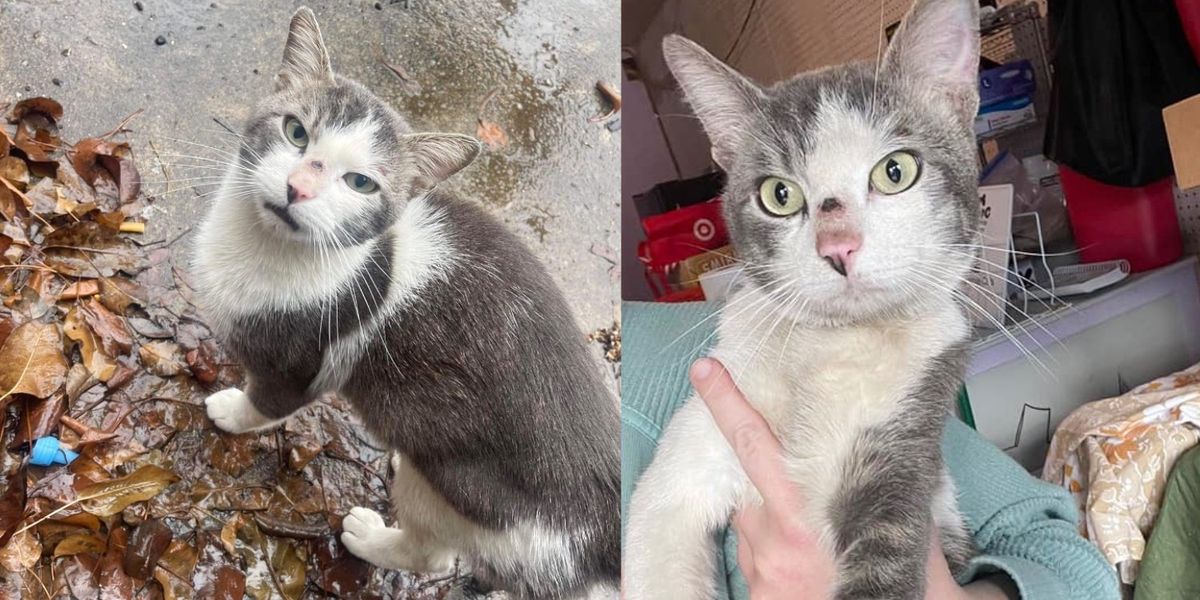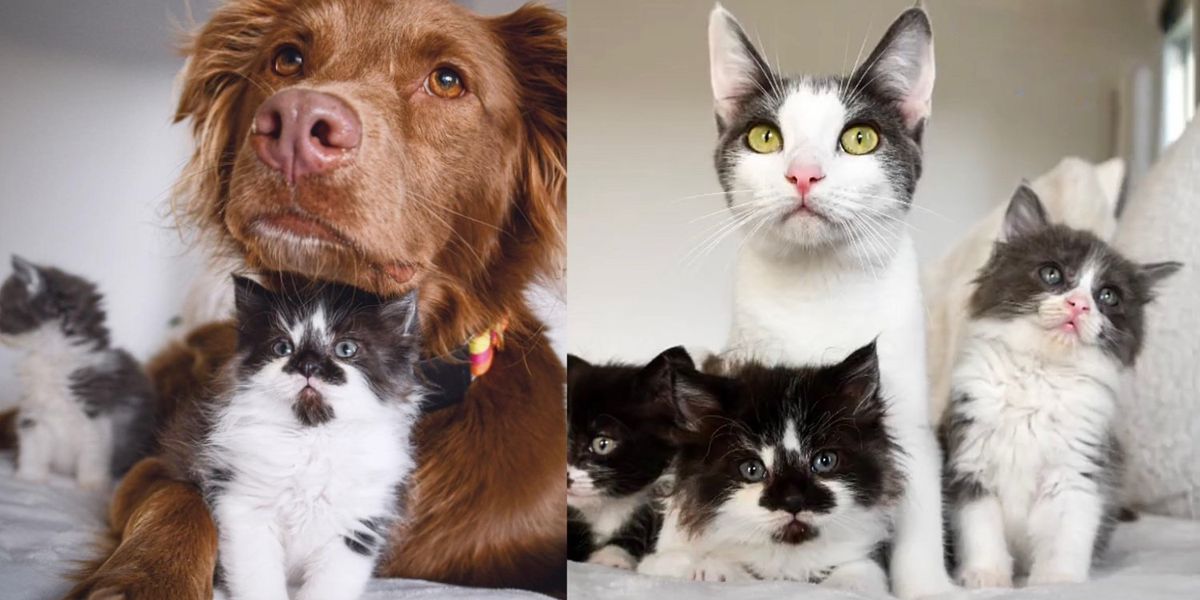1. Hidden traps : Trapdoor spiders are masters of surprise ambushes . They build hinged doors of silk above their tunnels, dig tunnels beneath busy insect passages, and camouflage themselves with leaves and soil. Photo: US Pest ProtectionThe spider sits patiently holding the hinged door slightly open, waiting to spot a nearby crawling insect. It then quickly leaps out of the tunnel, catching its prey with its front legs and its pincers — antenna-like appendages near its mouth. Photo: Australian Geographic2. Bubble nets: Great humpback whales (Megaptera novaeangliae) swim in circles beneath schools of fish, releasing bubbles to form a “net” around the fish, trapping them in small groups. The whales then work together to push the fish closer to the surface before swallowing them. This hunting method, called “bubble-net fishing,” is learned in different groups and can vary slightly between whale populations. Photo: Newsweek3.Ambush and tear apart: Ants can also do amazing things when they work together. Azteca brevis is a species of ant native to tropical Central America. They build their black, hard nests outside along the trunks of small to medium-sized trees. Photo: ResearchGateWorker ants drill multiple holes along the nest, and stealthily position themselves directly underneath with their jaws open. The workers then grab the limbs of insects as they pass through the holed trunk. They hold on and immobilize the insects before biting them to pieces. Photo: Yahoo4.Rope throwing: The female bolas spider (Mastophora hutchinsoni), a predator, spins a sticky noose to catch its prey. It releases a chemical scent that mimics the pheromones of female moths when luring male moths. When it sees a male moth, the spider spins a long, stick-tipped thread of silk that it throws at the moth’s wings in mid-air. Photo: spiderbytesFemales are relatively large, up to 2 cm long, with large white abdomens with prominent bumps, perhaps because they need the weight to bring down their large prey. Meanwhile, males are very small, only 1.6 mm long, probably because they do not need to hunt large prey. Photo: Natural History of Orange County, California
5. Glowing Fishing Lines and Butts: In the dark caves of New Zealand, tiny creatures weave enchanting traps with a touch of bioluminescent magic. These glowworms are the larvae of an adult fungus fly called Arachnocampa luminosa.Photo:Wikipedia
The larvae fly around the tops of burrows or live in moist bushes. From their mouths, they create “fishing lines” of granular mucus up to 50 cm long to catch small flying insects such as mayflies, moths and mosquitoes. According to a 2016 study, a single nest can produce up to 150 long lines. The larvae attract these flies with their blue-green bioluminescent rumps. The fishing lines are then reeled straight into their mouths. A. luminosa feeds for only one stage of its life cycle, which can last up to 9 months. Photo: Pxfuel6. Snakes with tails that look like spiders: The spider-tailed viper (Pseudocerastes urarachnoides) is an amazing mimic found in western Asia. As their name suggests, they have a unique tail that resembles a spider’s – a bulbous tip covered in stretched, protruding scales that mimic the body shape of a spider. Photo:WikipediaTheir spider-like tails vibrate on the floor to lure lizards, rodents, and sometimes birds into thinking the spider is lunch. When the prey is distracted by the “spider” on the snake’s tail, the snake will pounce. Photo:Flickr7.Baby-saving trick: Margays (Leopardus wiedii), a small wild cat native to Central and South America, use the instincts of adults to help babies to lure prey. Photo:Hari Viswanathan’s Photo GalleryMargays emit a scream that mimics the cry of a black-footed tamarin (Saguinus bicolor). This entices the adults to venture toward the scream to rescue the young. When they are close enough, the cat will pounce. Photo: Love my catz8. Use bait to fish: The great blue heron (Butorides virescens), which lives in North and South America, feeds in a similar way to humans. This bird perches on marshes and drops pieces of bread, insects and feathers to attract fish. When the fish gather, the heron uses its sharp beak to pluck the fish out of the water. Photo: Finger Lakes Land Trust9. Turtle with a mischievous tongue: The alligator snapping turtle (Macrochelys temminckii) is the largest freshwater turtle, found only in freshwater rivers in the United States. Their common name comes from the large ridge on the back of their hard shell that makes them resemble an alligator when viewed from above. Photo: Center for Biological DiversityThe spiny shell and dull body help them blend into the muddy river bottom, lying motionless underwater with their mouths wide open. Their tongues are specially designed to look like a small worm that wiggles to lure fish into their mouths. With a bite force of 450 kg, fooled fish are quickly caught and eaten. Photo: Wikipedia10. Sand traps: In warm, arid regions of the world, antlions (Myrmeleontidae) create inescapable sand pits to trap small insects, mainly ants. Photo: YoutubeIn loose or sandy soils, antlions move in a circular motion to create a funnel-shaped pit. They bury themselves at the bottom of the pit, patiently waiting for insects to fall in. They then use their jaws to clamp down on their prey. If the prey tries to escape, they use their head to flick sand, creating small landslides that pull the insects back. Photo: ResearchGate
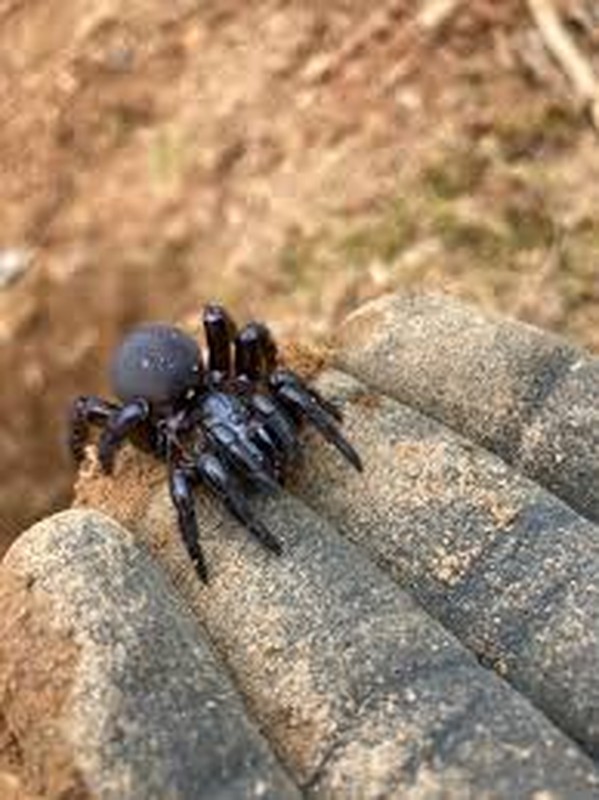 1. Hidden traps : Trapdoor spiders are masters of surprise ambushes . They build hinged silk doors over their tunnels, dig tunnels beneath busy insect passageways, and camouflage themselves with leaves and dirt. Photo: US Pest Protection
1. Hidden traps : Trapdoor spiders are masters of surprise ambushes . They build hinged silk doors over their tunnels, dig tunnels beneath busy insect passageways, and camouflage themselves with leaves and dirt. Photo: US Pest Protection
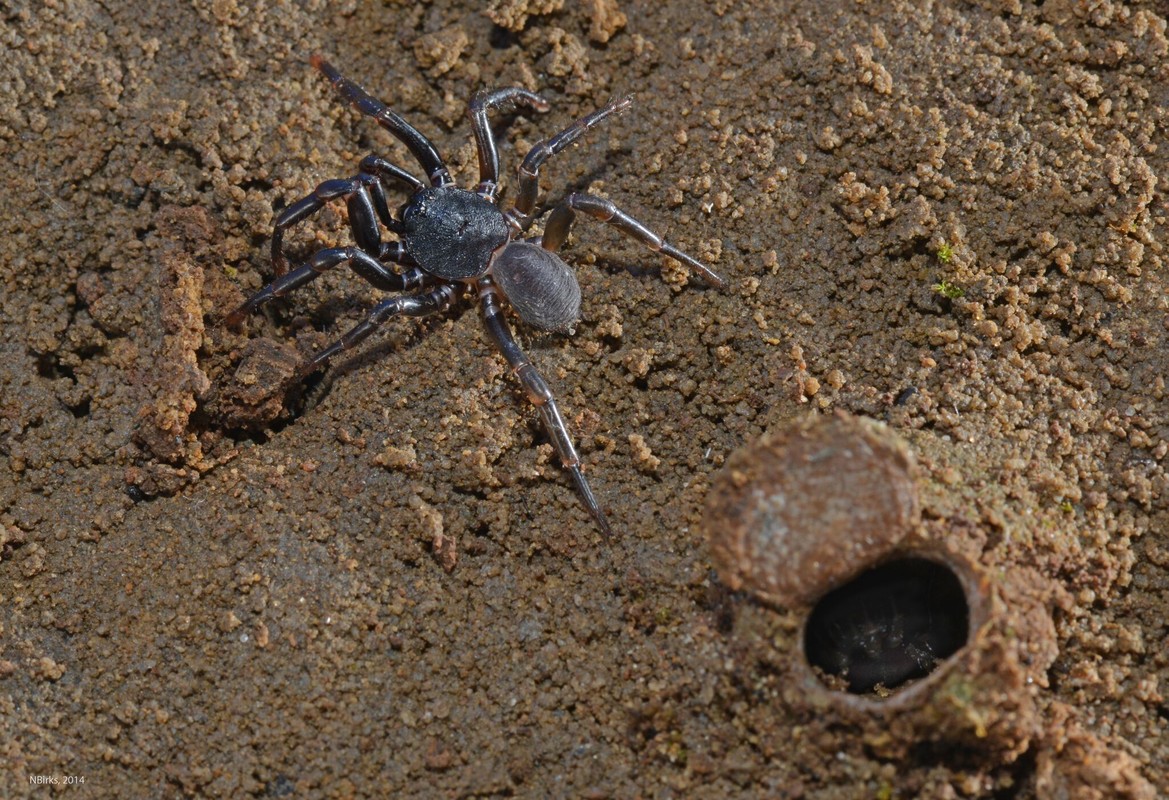 The spider patiently sits holding the hinged door slightly open, waiting to detect a sign of a nearby crawling insect. Then it quickly leaps out of the tunnel, catching its prey with its front legs and pincers — antennae-like appendages near its mouth. Photo: Australian Geographic
The spider patiently sits holding the hinged door slightly open, waiting to detect a sign of a nearby crawling insect. Then it quickly leaps out of the tunnel, catching its prey with its front legs and pincers — antennae-like appendages near its mouth. Photo: Australian Geographic
 2. Bubble netting: Greater humpback whales (Megaptera novaeangliae) swim in circles beneath schools of fish, releasing bubbles to form a “net” around the fish, trapping them in small groups. The whales then work together to push the fish closer to the surface before swallowing them. This hunting method, known as “bubble netting,” is learned in different groups and can vary slightly between whale populations. Photo: Newsweek
2. Bubble netting: Greater humpback whales (Megaptera novaeangliae) swim in circles beneath schools of fish, releasing bubbles to form a “net” around the fish, trapping them in small groups. The whales then work together to push the fish closer to the surface before swallowing them. This hunting method, known as “bubble netting,” is learned in different groups and can vary slightly between whale populations. Photo: Newsweek
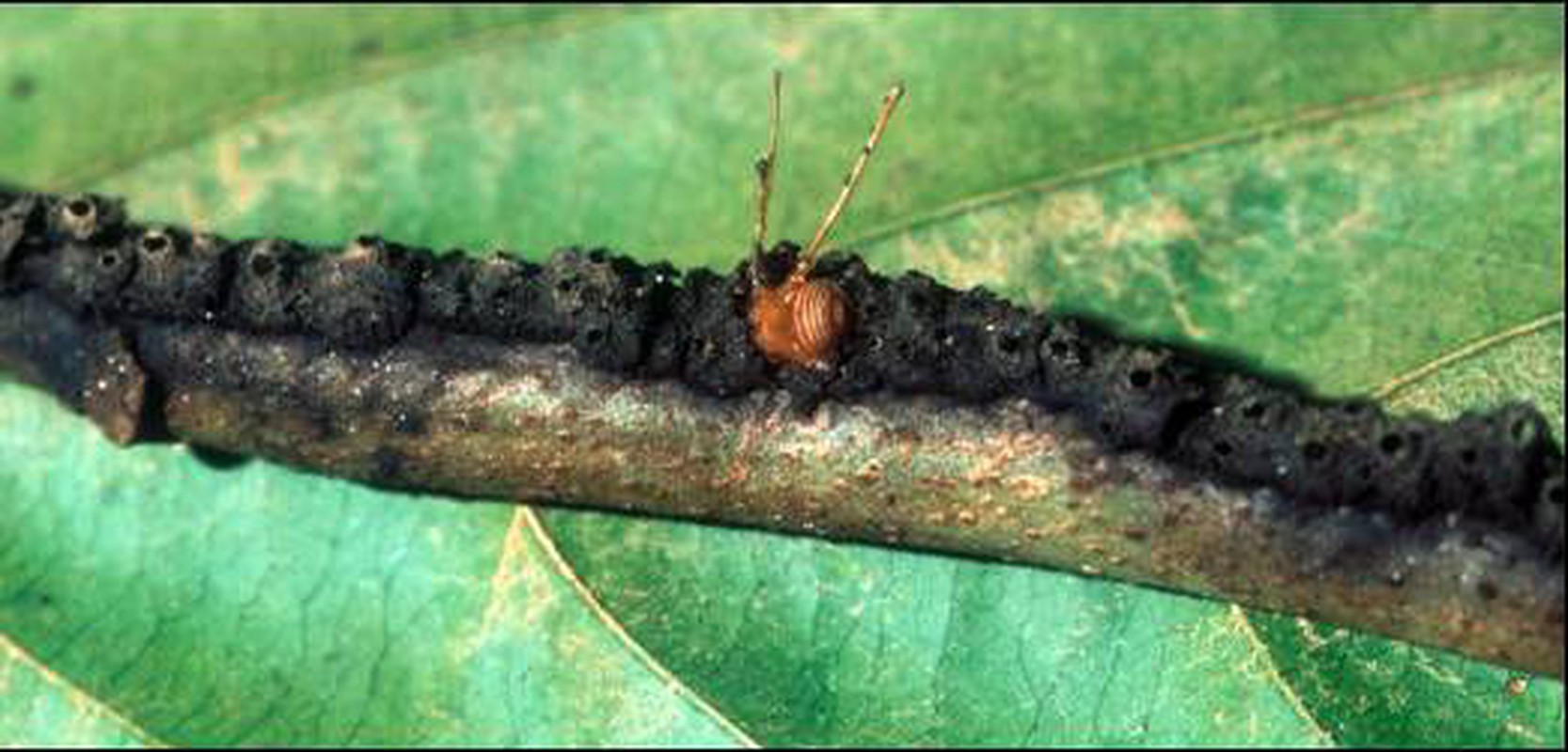 3.Ambush and tear apart: Ants can do amazing things when they work together. Azteca brevis is a species of ant native to tropical Central America. They build their black, hard nests outside along the trunks of small to medium-sized trees. Photo: ResearchGate
3.Ambush and tear apart: Ants can do amazing things when they work together. Azteca brevis is a species of ant native to tropical Central America. They build their black, hard nests outside along the trunks of small to medium-sized trees. Photo: ResearchGate
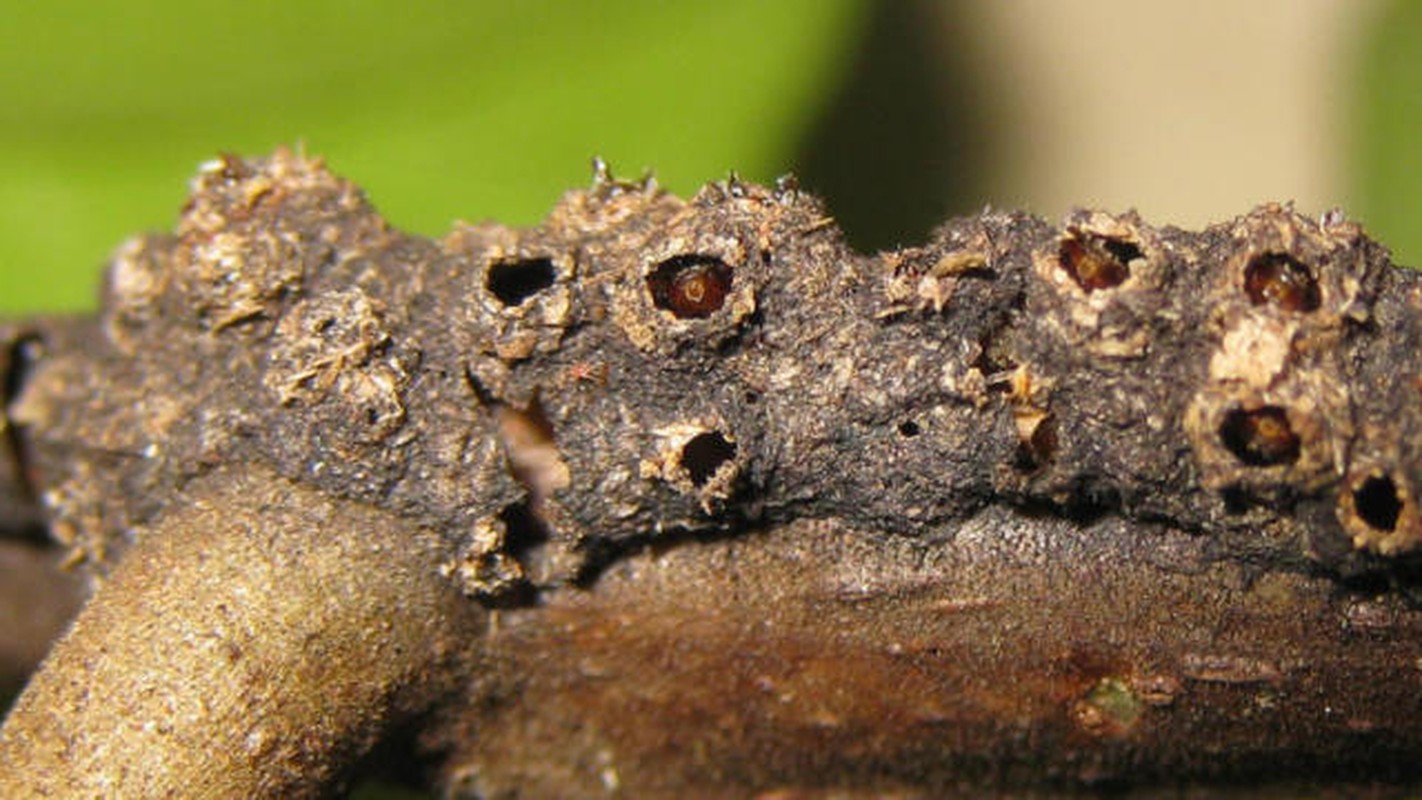 Worker ants drill holes along the length of the nest, and stealthily position themselves directly underneath with their mandibles open. The workers then grab the limbs of insects as they pass through the holed tree trunk. They hold on and immobilize the insects before biting them to pieces. Photo: Yahoo
Worker ants drill holes along the length of the nest, and stealthily position themselves directly underneath with their mandibles open. The workers then grab the limbs of insects as they pass through the holed tree trunk. They hold on and immobilize the insects before biting them to pieces. Photo: Yahoo
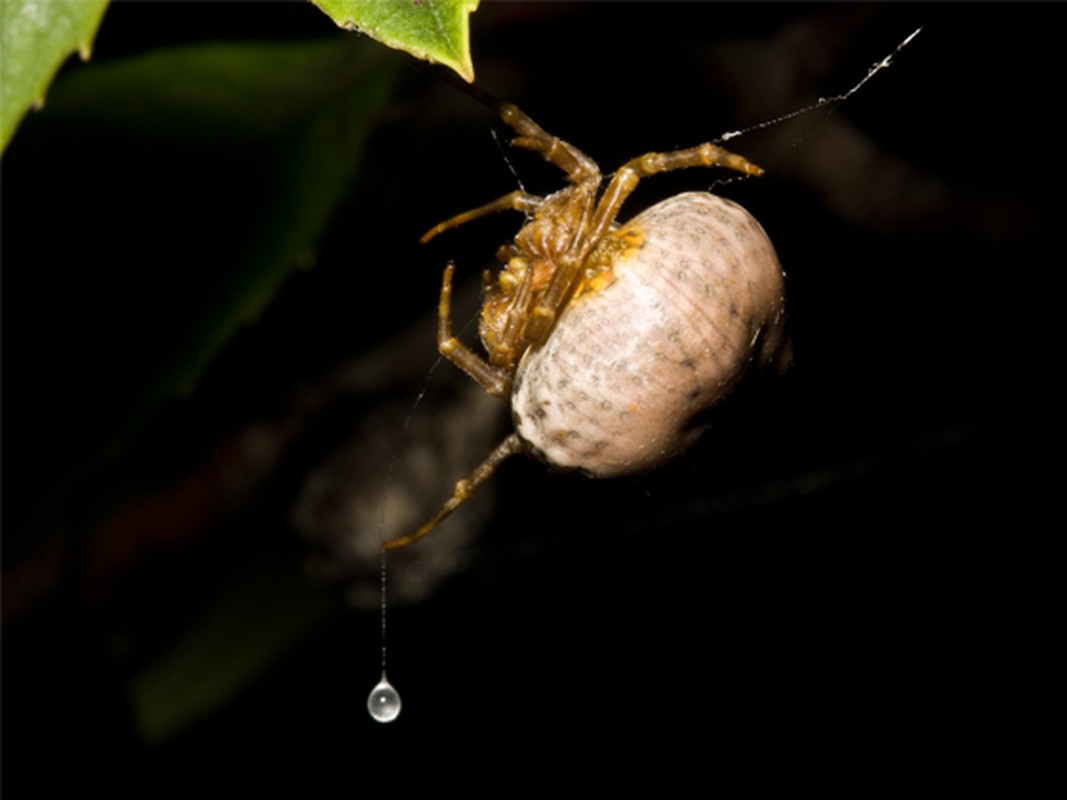 4. Rope Throwing: The female bolas spider (Mastophora hutchinsoni), a predator, spins a sticky noose to catch its prey. It releases a chemical scent that mimics the pheromones of female moths when luring male moths. When the male moth is spotted, the spider creates a long thread of silk with a sticky stick-like tip that it throws at the moth’s wings in mid-air. Photo: spiderbytes
4. Rope Throwing: The female bolas spider (Mastophora hutchinsoni), a predator, spins a sticky noose to catch its prey. It releases a chemical scent that mimics the pheromones of female moths when luring male moths. When the male moth is spotted, the spider creates a long thread of silk with a sticky stick-like tip that it throws at the moth’s wings in mid-air. Photo: spiderbytes
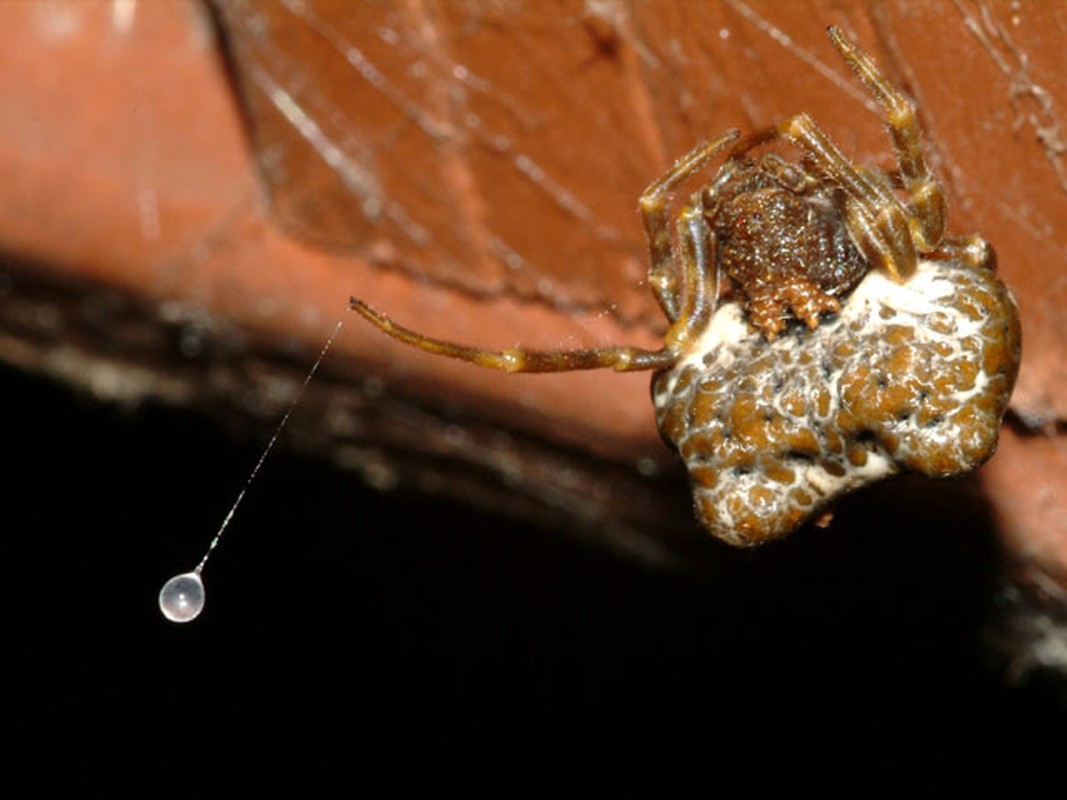
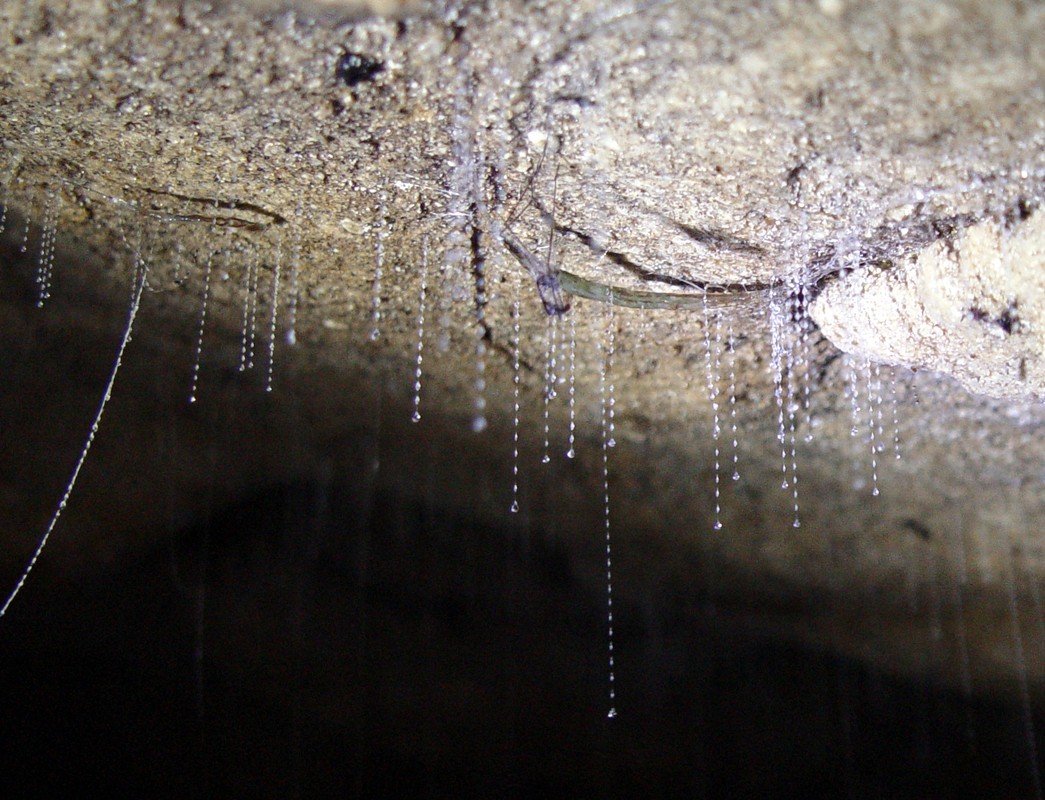
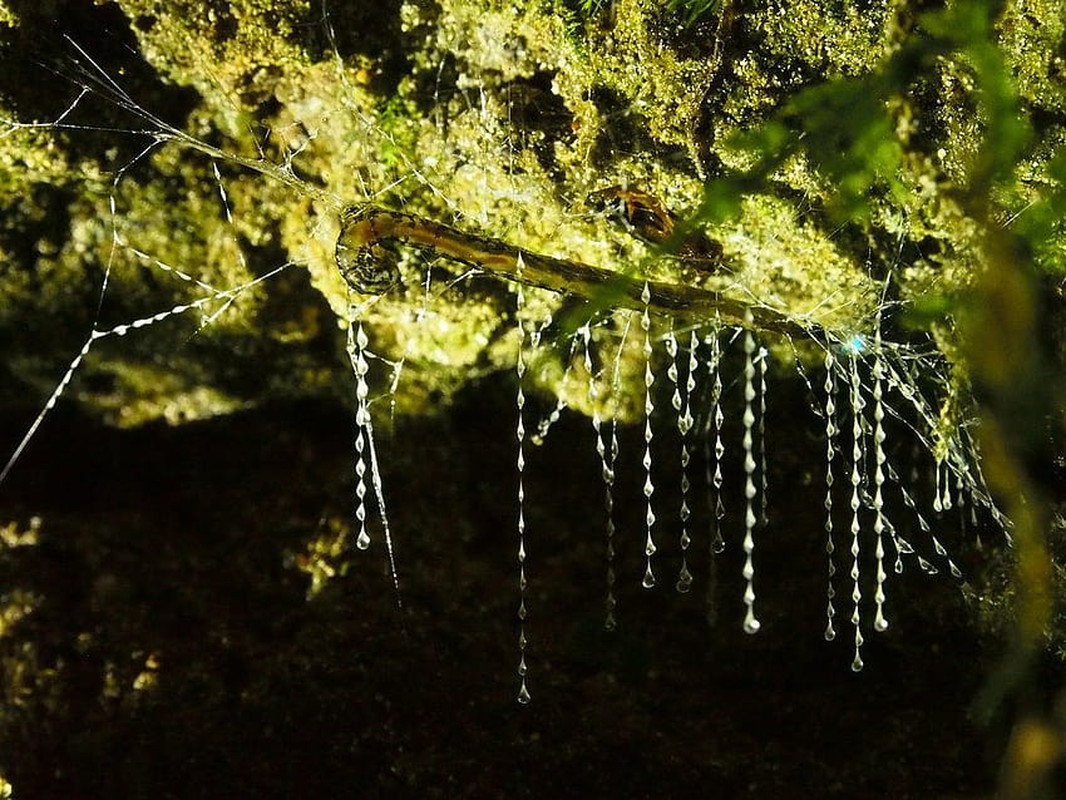 The larvae fly around the tops of burrows or live in moist bushes. From their mouths, they create “fishing lines” of granular mucus up to 50 cm long to catch small flying insects such as mayflies, moths and mosquitoes. According to a 2016 study, a single nest can produce up to 150 long lines. The larvae attract these flies with their blue-green bioluminescent rumps. The fishing lines are then reeled straight into their mouths. A. luminosa feeds for only one stage of its life cycle, which can last up to 9 months. Photo: Pxfuel
The larvae fly around the tops of burrows or live in moist bushes. From their mouths, they create “fishing lines” of granular mucus up to 50 cm long to catch small flying insects such as mayflies, moths and mosquitoes. According to a 2016 study, a single nest can produce up to 150 long lines. The larvae attract these flies with their blue-green bioluminescent rumps. The fishing lines are then reeled straight into their mouths. A. luminosa feeds for only one stage of its life cycle, which can last up to 9 months. Photo: Pxfuel
 6. Spider-Tailed Snake: The spider-tailed viper (Pseudocerastes urarachnoides) is an amazing mimic found in western Asia. As its name suggests, it has a unique tail that resembles a spider – it has a bulbous tip covered in stretched, protruding scales that mimic the body shape of a spider. Photo:Wikipedia
6. Spider-Tailed Snake: The spider-tailed viper (Pseudocerastes urarachnoides) is an amazing mimic found in western Asia. As its name suggests, it has a unique tail that resembles a spider – it has a bulbous tip covered in stretched, protruding scales that mimic the body shape of a spider. Photo:Wikipedia
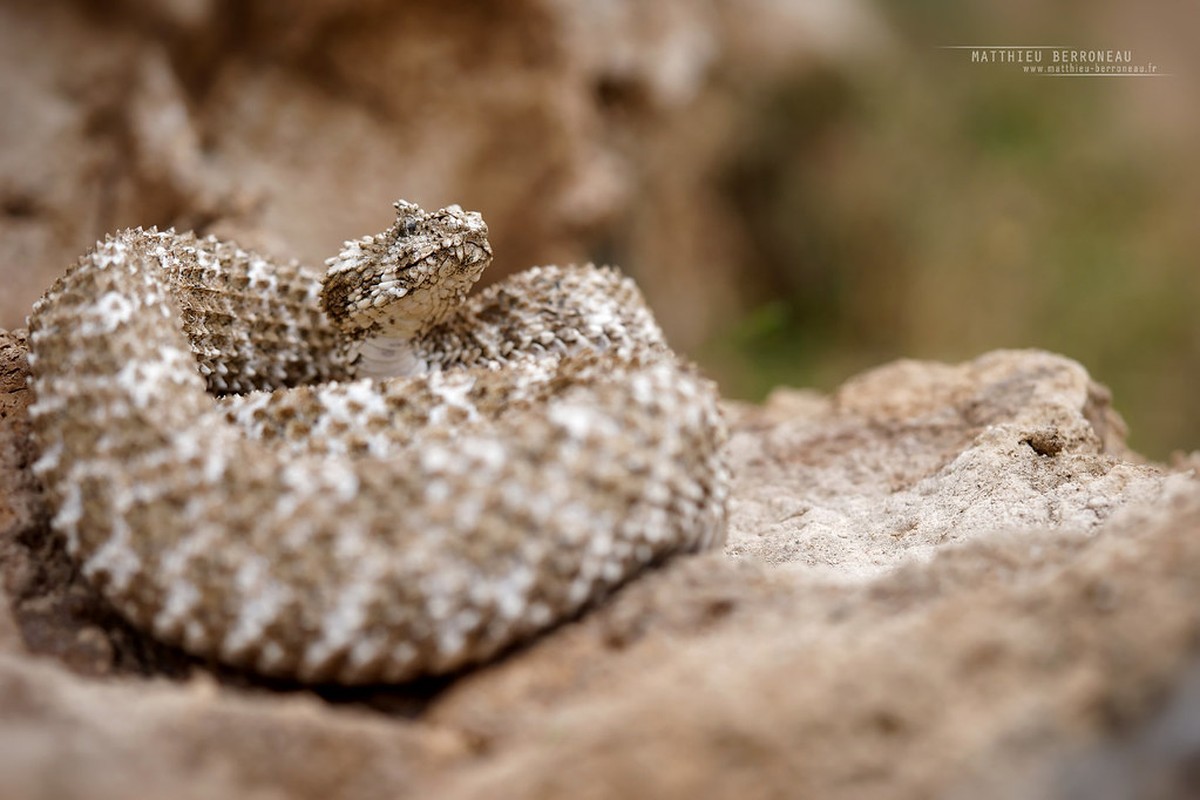 Their spider-like tails vibrate on the floor to lure lizards, rodents, and sometimes birds into thinking the spiders are lunch. When the prey is distracted by the “spider” on the snake’s tail, the snake will pounce. Photo: Flickr
Their spider-like tails vibrate on the floor to lure lizards, rodents, and sometimes birds into thinking the spiders are lunch. When the prey is distracted by the “spider” on the snake’s tail, the snake will pounce. Photo: Flickr
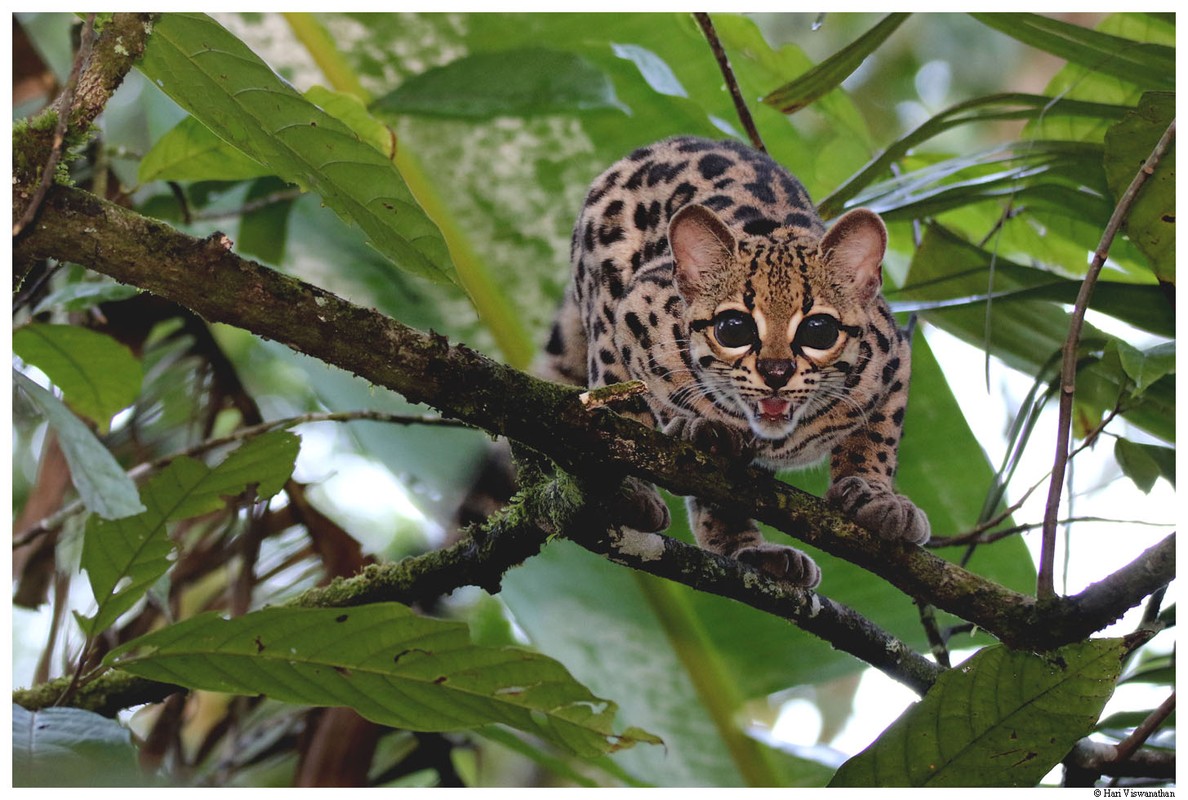 7. Baby-saving trick: Margays (Leopardus wiedii), a small wild cat native to Central and South America, use adult instincts to help children to lure prey. Photo: Hari Viswanathan’s Photo Gallery
7. Baby-saving trick: Margays (Leopardus wiedii), a small wild cat native to Central and South America, use adult instincts to help children to lure prey. Photo: Hari Viswanathan’s Photo Gallery
 Margays emit a scream that mimics the call of a black-footed tamarin (Saguinus bicolor). This entices adults to venture toward the call to rescue their young. Once they are close enough, the cat will pounce. Photo: Love my catz
Margays emit a scream that mimics the call of a black-footed tamarin (Saguinus bicolor). This entices adults to venture toward the call to rescue their young. Once they are close enough, the cat will pounce. Photo: Love my catz
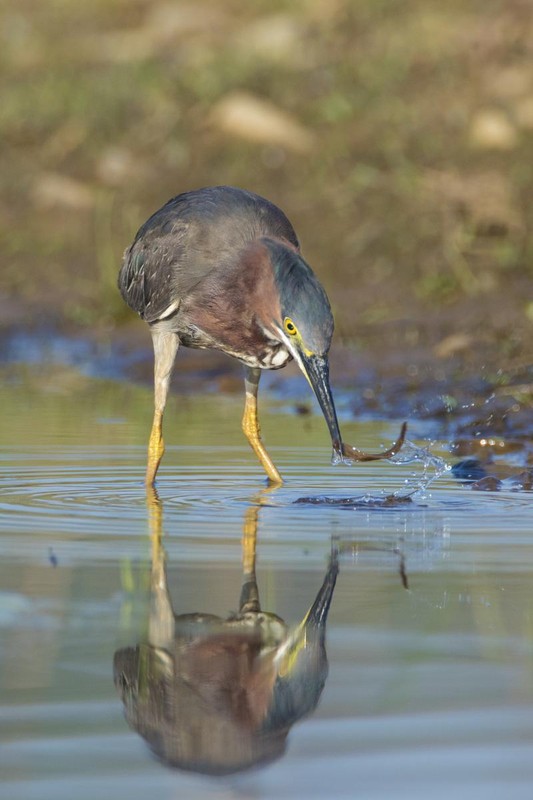 8. Use bait to fish: The great blue heron (Butorides virescens), which lives in North and South America, feeds in a similar way to humans. The bird lands in marshes and drops pieces of bread, insects, and feathers to attract fish. When the fish gather, the heron uses its sharp beak to pluck the fish out of the water. Photo: Finger Lakes Land Trust
8. Use bait to fish: The great blue heron (Butorides virescens), which lives in North and South America, feeds in a similar way to humans. The bird lands in marshes and drops pieces of bread, insects, and feathers to attract fish. When the fish gather, the heron uses its sharp beak to pluck the fish out of the water. Photo: Finger Lakes Land Trust
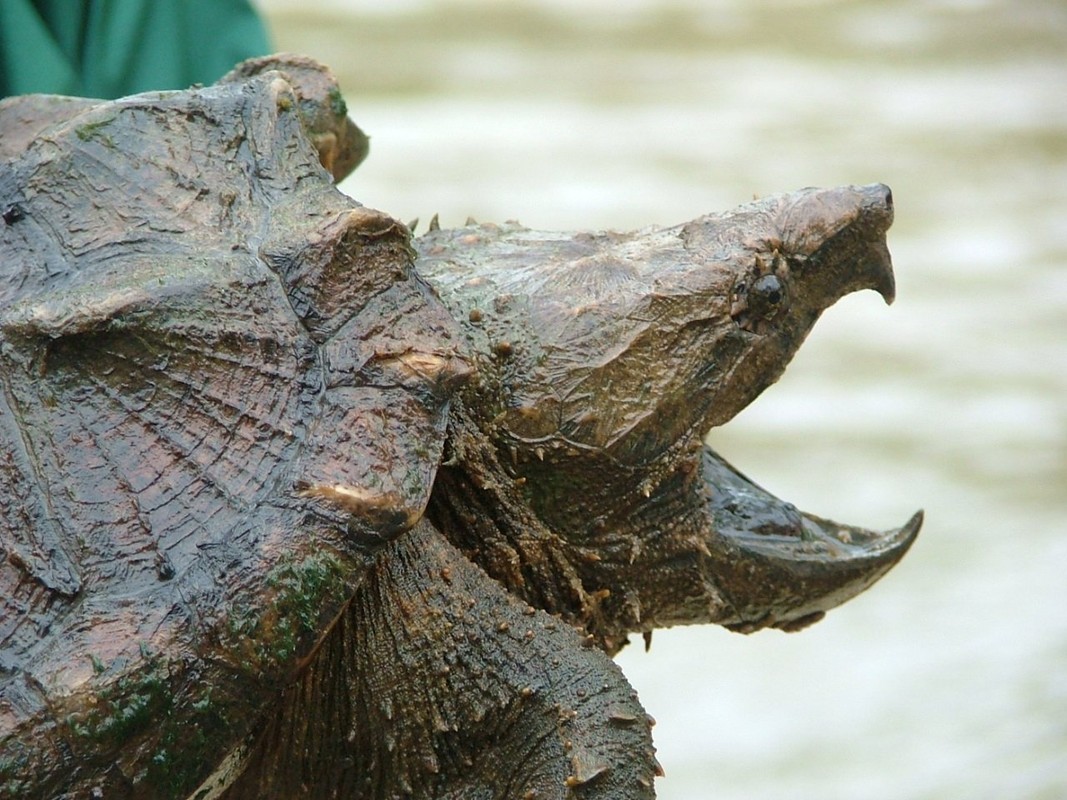 9. The Alligator Snapping Turtle: The alligator snapping turtle (Macrochelys temminckii) is the largest freshwater turtle, found only in the freshwater rivers of the United States. Its common name comes from the large ridge on the back of its hard shell that makes it look like an alligator when viewed from above. Photo: Center for Biological Diversity
9. The Alligator Snapping Turtle: The alligator snapping turtle (Macrochelys temminckii) is the largest freshwater turtle, found only in the freshwater rivers of the United States. Its common name comes from the large ridge on the back of its hard shell that makes it look like an alligator when viewed from above. Photo: Center for Biological Diversity
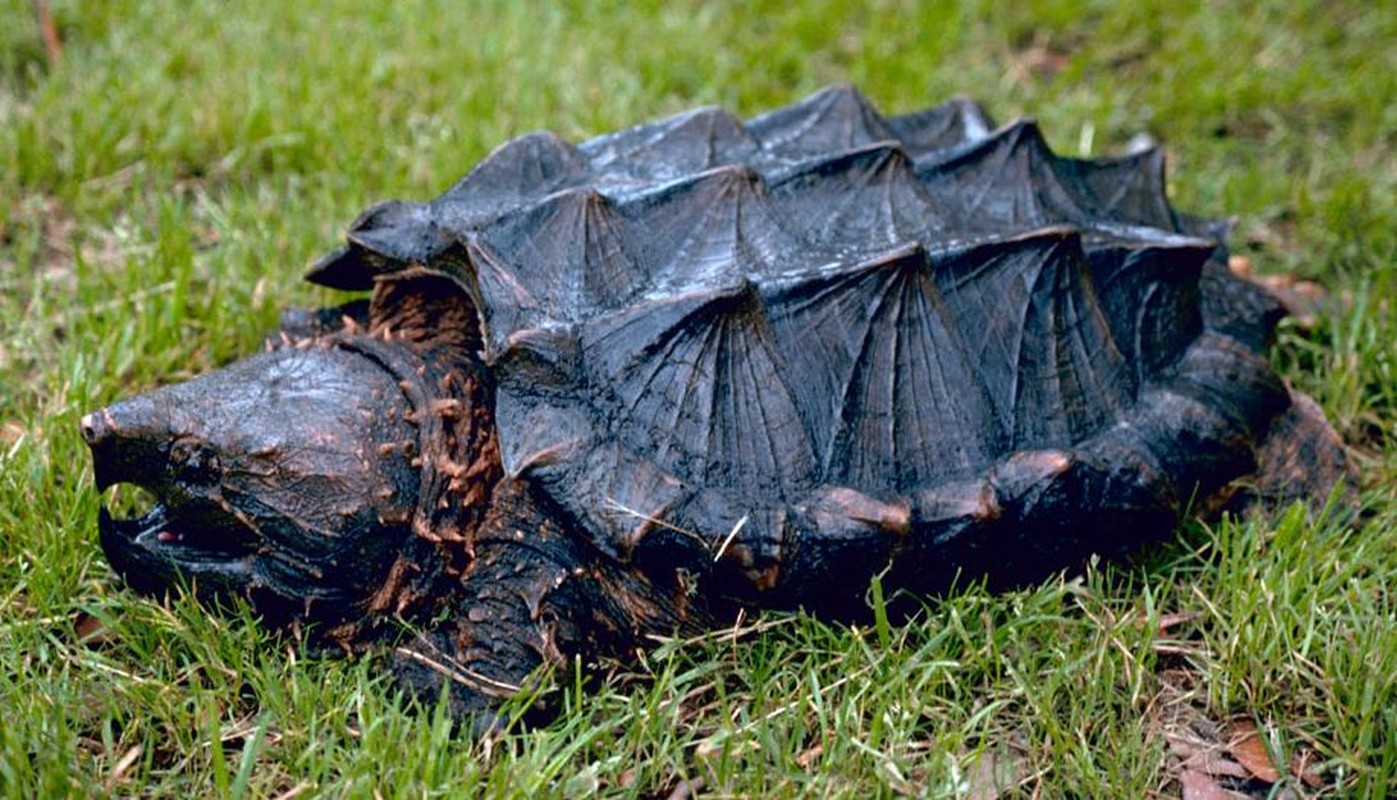 Their spiny shells and dull bodies help them blend into the muddy riverbed, lying motionless underwater with their mouths wide open. Their tongues are specially designed to look like tiny worms, wiggling to lure fish into their mouths. With a bite force of 450 kg, the lured fish are quickly caught and eaten. Photo: Wikipedia
Their spiny shells and dull bodies help them blend into the muddy riverbed, lying motionless underwater with their mouths wide open. Their tongues are specially designed to look like tiny worms, wiggling to lure fish into their mouths. With a bite force of 450 kg, the lured fish are quickly caught and eaten. Photo: Wikipedia
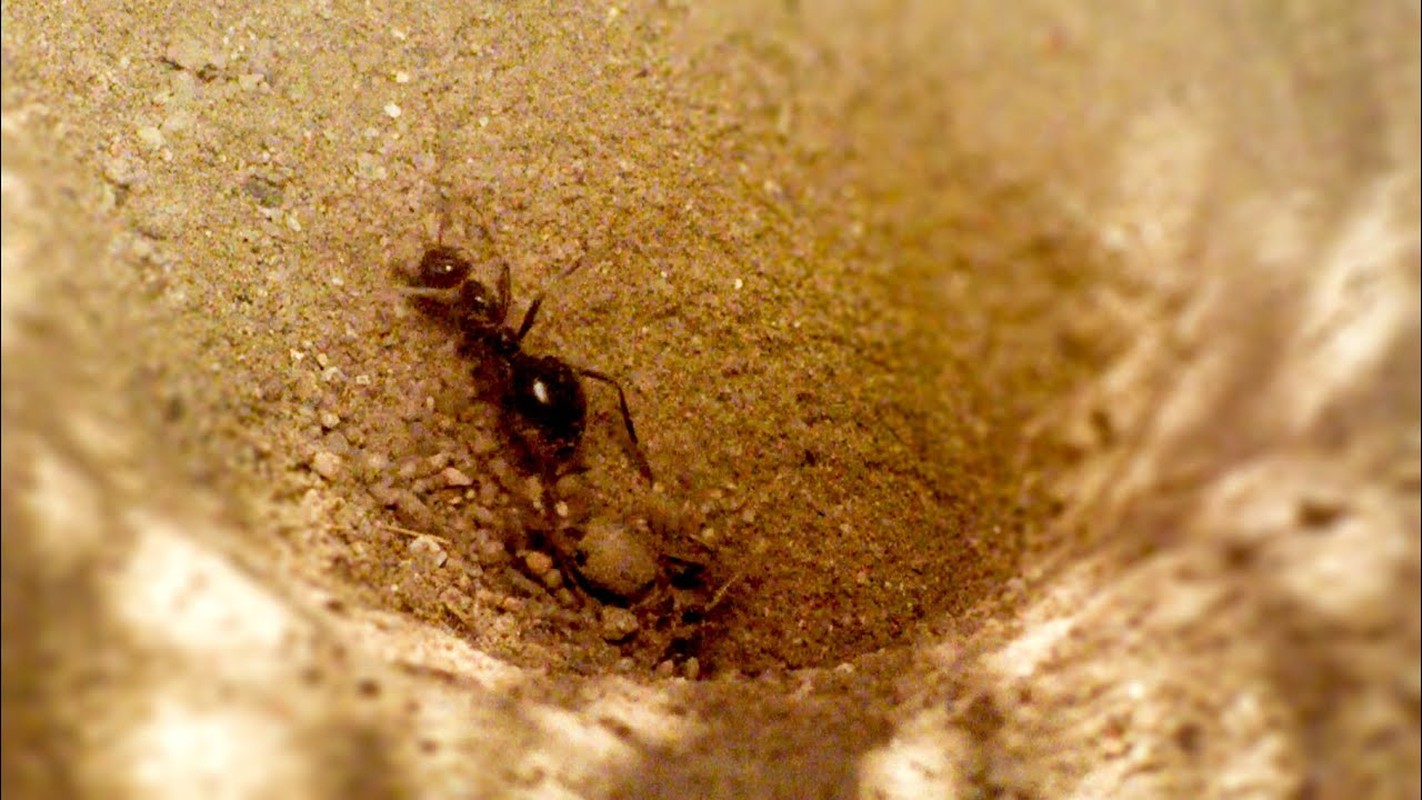 10. Sand traps: In warm, arid regions of the world, antlions (Myrmeleontidae) create inescapable sand pits to trap small insects, mainly ants. Photo: Youtube
10. Sand traps: In warm, arid regions of the world, antlions (Myrmeleontidae) create inescapable sand pits to trap small insects, mainly ants. Photo: Youtube
 In loose or sandy soils, antlions move in a circular motion to create a funnel-shaped pit. They bury themselves at the bottom of the pit, patiently waiting for insects to fall in. They then use their jaws to grip the prey. If the prey tries to escape, they use their heads to violently kick up sand, creating small landslides that pull the insects back. Photo: ResearchGate
In loose or sandy soils, antlions move in a circular motion to create a funnel-shaped pit. They bury themselves at the bottom of the pit, patiently waiting for insects to fall in. They then use their jaws to grip the prey. If the prey tries to escape, they use their heads to violently kick up sand, creating small landslides that pull the insects back. Photo: ResearchGate


